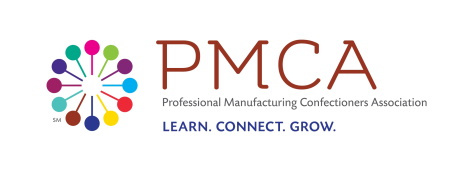Beyond the Basics — Centers for Chocolates
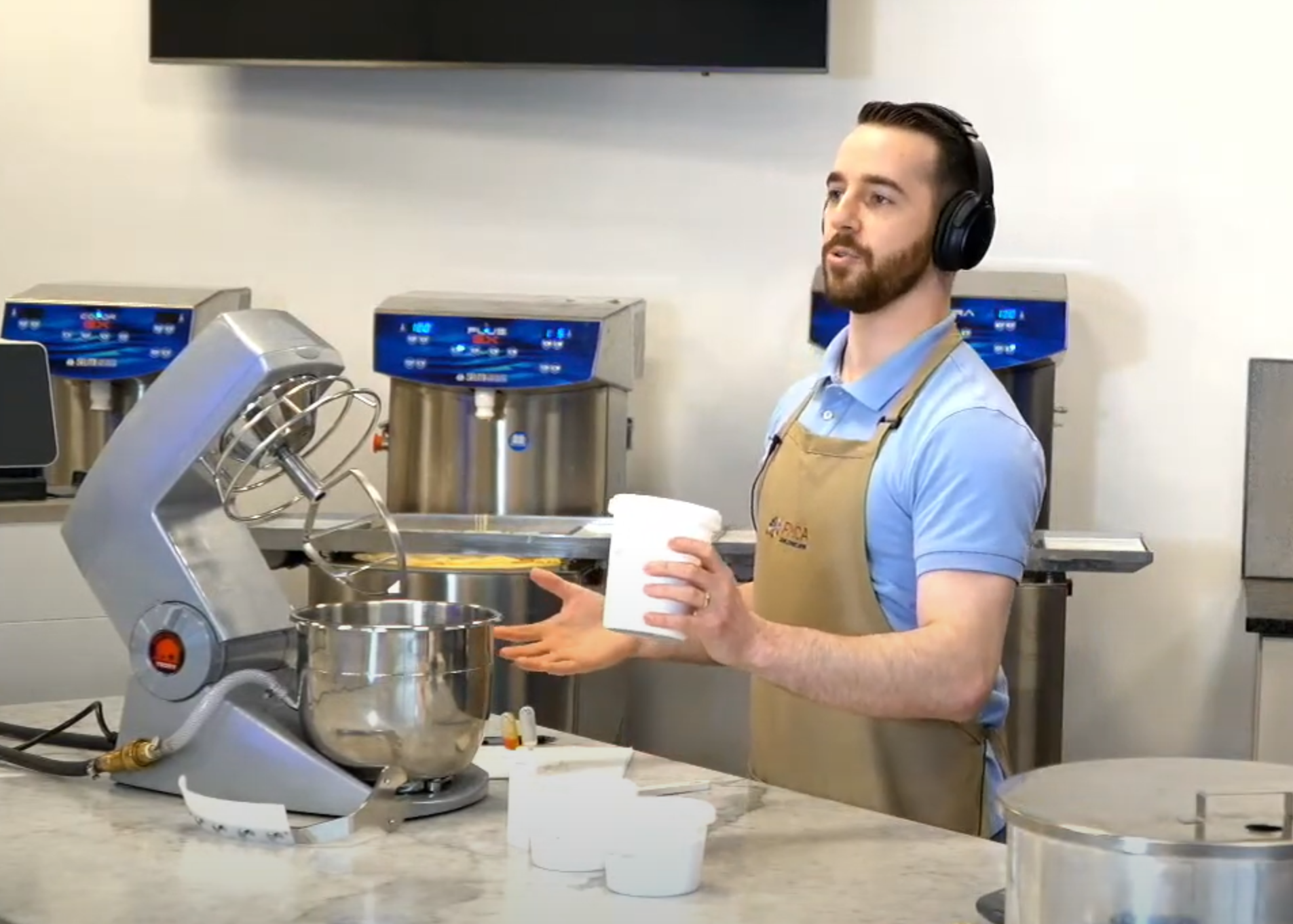

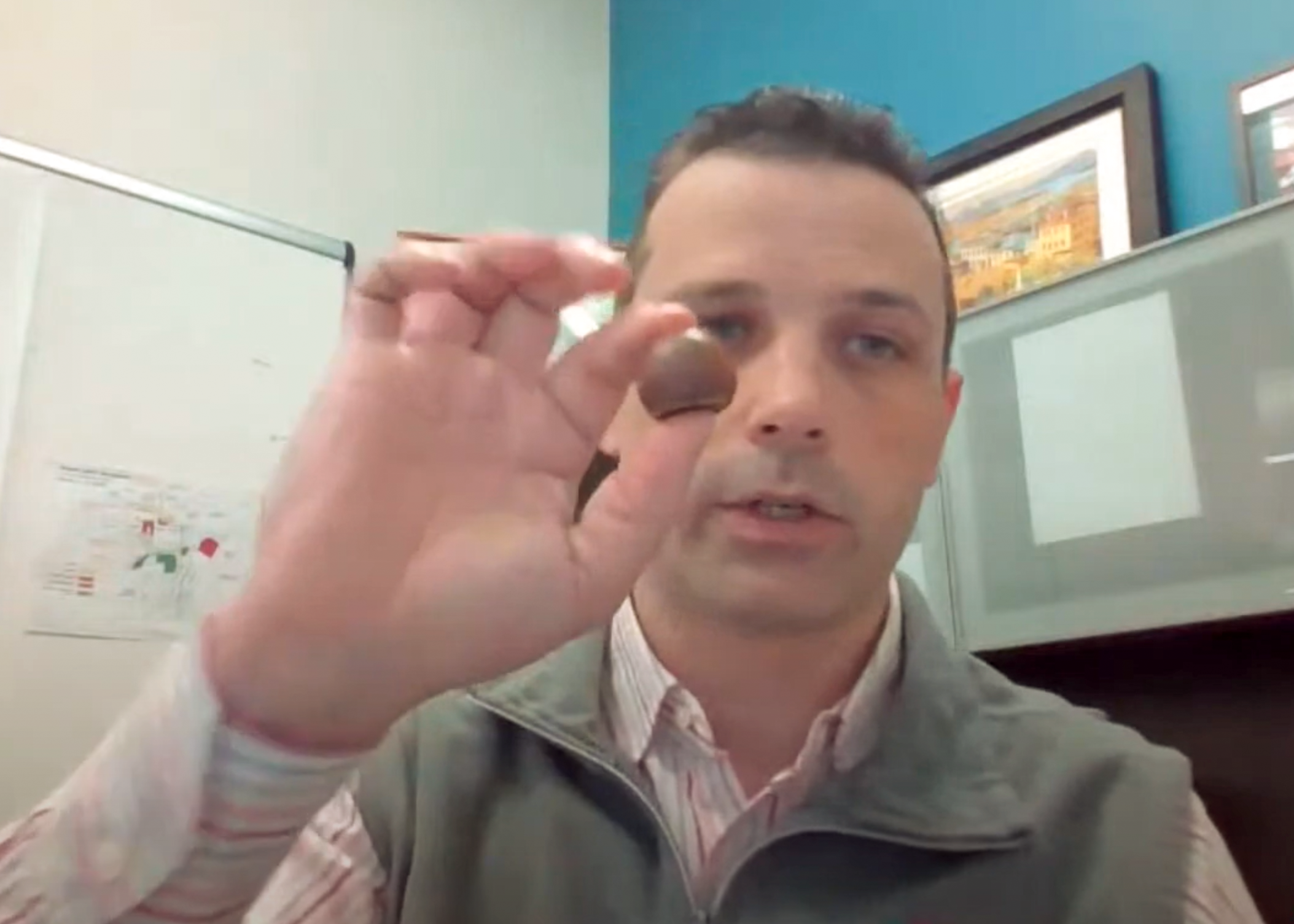
Truffles, Centers & Applications
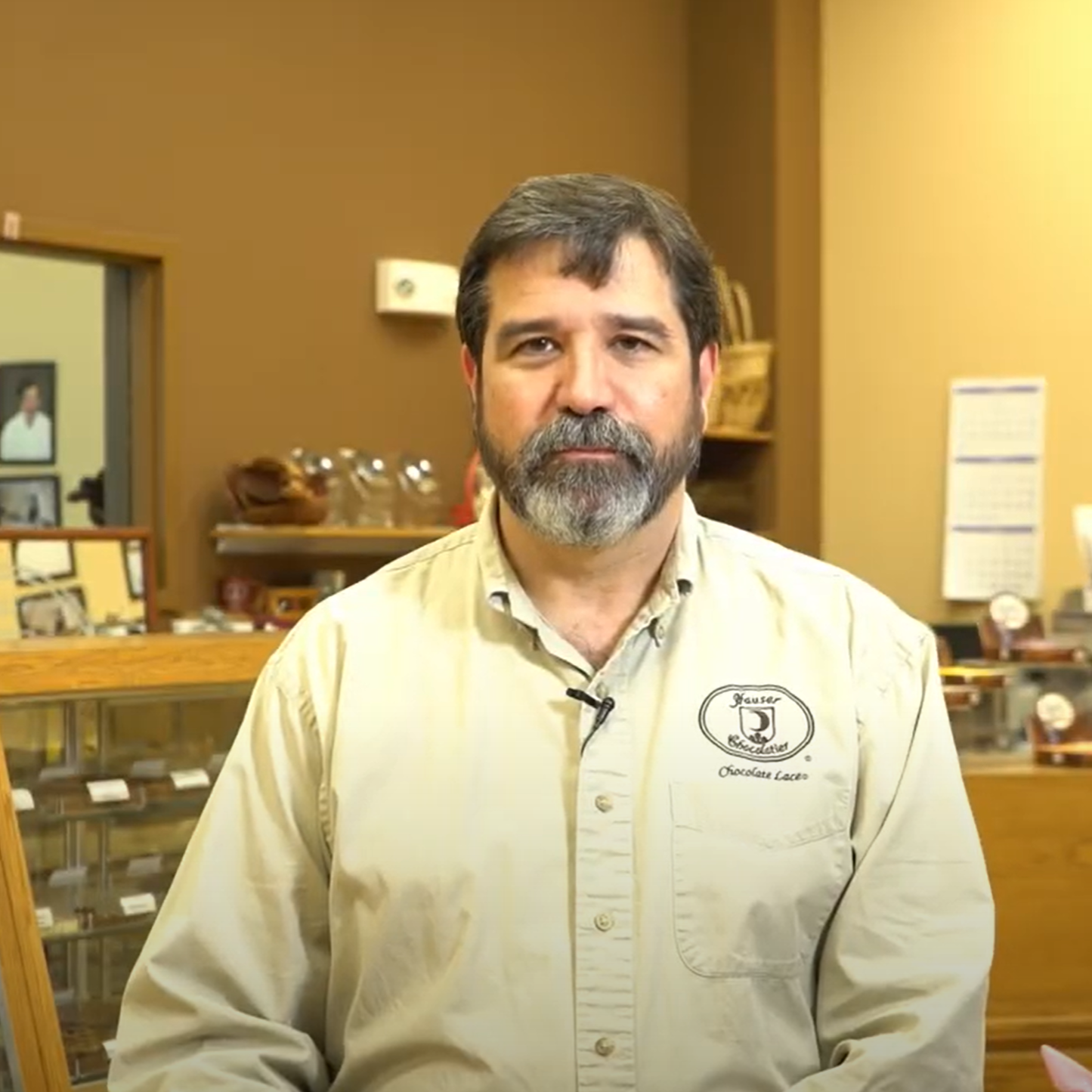
Rudi Hauser, Hauser Chocolatier
Rudi Hauser, Jr., president and owner of Hauser Chocolatier, has been in the confectionery industry his entire career. His first taste of the food business was working in the family bakery at the age of 12. After college in 1985, the family started Hauser Chocolatier where he began with making chocolate shells. He learned his craft working alongside his father who learned chocolate and confectionery during his apprenticeship in Switzerland where he grew up. Rudi earned recognition as a Master Chocolatier Emeritus certification through the RCI in 2003. Rudi plies his trade in Westerly, RI where he is now working with the next generation, his son Ravi.
Fondant-Based & Grained Confections

Randy Hofberger, R&D Candy Consulting
Randy has more than 35 years of experience in the confectionery industry, with many years at Nestlè Confections starting in the QA department and eventually into technical applications. He started R&D Candy Consulting in 2008 to help people with their confectionery challenges.
Randy is involved with RCI, AACT and PMCA and has assisted with lectures and technical courses. He is the recipient of the Henry Bornhofft and Stroud Jordan awards and has contributed technical articles to Candy Industry, Manufacturing Confectioner Magazine, AIB and co-authored chapters to several books. Recently, he has assisted with the book Confectionery Science and Technology.
Randy’s personal interests include candy making, hiking, cooking, traveling, biking and kayaking.
Fat-Based Confectionery Fillings

Jeffrey Fine, AAK USA
Jeff has spent close to 30 years working in fats and oils research and applications across the food and confectionery industries. He has had held senior technical positions with both major CPGs and ingredient suppliers including General Mills, The Hershey Company and PepsiCo. He most recently served as the North American R&D lead of Cargill’s Edible Oil Division. His work with fats and oils spans products ranging from bakery and chocolate to infant nutrition and candles. He previously served as the chair of the PMCA Research Committee.
Jeff holds a PhD in biochemistry from Ohio State University and currently serves as senior director of R&D to AAK.

Moderator: Nico Tomaselli, Lindt & Sprüngli
Nico Tomaselli is the director of R&D at Lindt & Sprüngli USA located in Stratham, NH. Nico began his career in Milan, Italy, where at the age of 13 he first developed an interest in the culinary arts and chocolate in a little pasty store. After starting a traditional culinary arts and pastry program he soon realized chocolate was his true passion. After completing his culinary degree, Nico entered the University of Milan where he earned a master’s degree in food science in 2003 and then a Lindt Academy Master in Business from University of Castellanza LIUC in 2011.
After his graduation, Nico worked in technical support for a German beer company for four years before joining Lindt & Sprüngli, Italy. He started in Induno Olona, Italy as the innovation and technology project manager and then became the R&D manager. In 2012, Nico accepted the position as R&D manager for Lindt & Sprüngli USA and moved to Stratham, NH. There, he was charged with creating a new R&D business unit for the North American branch of Lindt.
In addition to his role as leader of the R&D team, Nico collaborates with the Lindt international technology team and international technology vendors to help shape the future of premium chocolate (because “life’s too short for ordinary chocolate”). Nico also collaborates with national and international candy associations and is a member of two PMCA committees (Education & Learning and Student Outreach) as well as a board director.
Originally from Milan, Italy, Nico currently resides in New Hampshire with his wife and three wonderful kids.
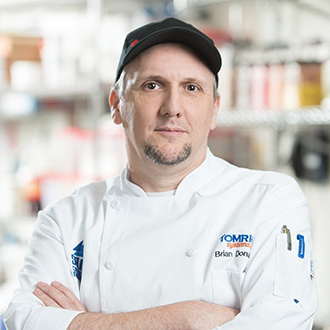
Demo Lead: Brian Donaghy, Tomric Systems Inc.
Brian Donaghy is currently the corporate chocolatier and innovation center manager for Tomric Systems, Inc. of Buffalo, NY. At Tomric, he is responsible for training and customer support of all Tomric products but spends most of his time coaching and training on Selmi chocolate handling equipment in Buffalo and throughout North America. His passport includes numerous stamps from cacao origin countries and has been in more chocolate plants than he remembers. Prior to his time with Tomric, Brian worked for a Swiss chocolate import company, The Ritz-Carlton and was a culinary instructor. When not working with, eating or cleaning up chocolate, you will find him on adventures with his family or on a squash court.

Demo Lead: Zachary Freed, AAK USA
Zachary Freed is the customer innovations application specialist in the Chocolate and Confectionery Group for AAK USA. Prior to this role, he was the innovations project manager at Barry Callebaut. He serves on the PMCA Education Committee and as a mentor with the Student Outreach Program
Zachary received his bachelor’s degree in food science and management from Delaware Valley College.
Program Contributors

Demo Facility Host


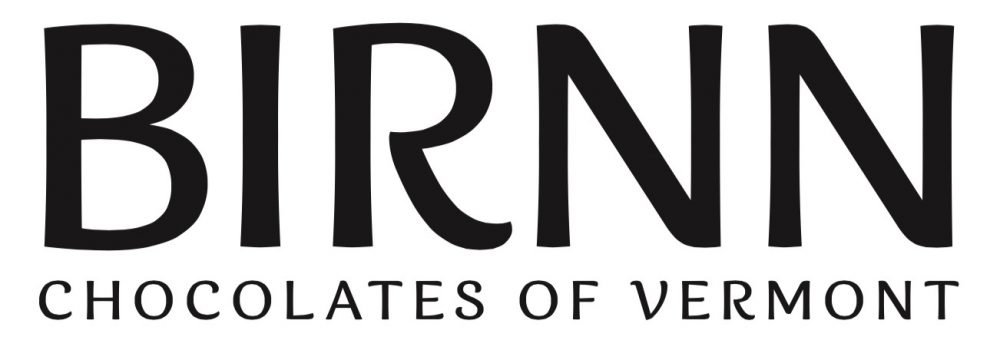
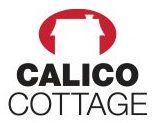


R&D Candy Consultants
Single-Topic Presentations, livestreamed throughout 2021
Regulatory Update for the Confectionery Industry 2021

May 11, 2021
Debra L. Miller, PhD, National Confectioners Association
Debra L. Miller, PhD is the senior vice president of scientific and regulatory affairs at the National Confectioners Association, where she is responsible for technical leadership on labeling, food safety and other food policies and regulations. She also serves as staff lead for NCA’s Chocolate Council. Dr. Miller also leads NCA’s nutrition and food policy initiatives, which span local, state, federal and international arenas advocating for science-based approaches.
Dr. Miller has more than 20 years of experience in nutrition science and regulatory issues in the food industry, with 15 of those years in the chocolate and confectionery industry. Previously, Dr. Miller served as director of scientific and regulatory affairs at The Hershey Company, where she was responsible for developing internal and external food policies, which affect food labeling and food safety regulations. Prior to that, she served as the director of nutrition in Hershey’s research and development division, where she held responsibility for the clinical nutrition research program, health professional communications and was the director of the Hershey Center for Health & Nutrition.
Before joining The Hershey Company in 2004, Dr. Miller served as director of nutrition communications for Dupont Nutrition, St. Louis, MO. Dr. Miller was an assistant professor at Johns Hopkins School of Medicine, where she investigated food intake regulation and led the olestra post-market surveillance clinical trial. She completed a post-doctoral fellowship in obesity treatment at Harvard Medical School after completing her doctoral degree.
Dr. Miller is a graduate of Juniata College (Huntingdon, PA) and The Pennsylvania State University with a doctoral degree in bio-behavioral health and a doctoral minor in nutrition science.
Why a Food Safety Culture?

June 8, 2021
Dr. Liliana Casal-Wardle, The Acheson Group
Dr. Liliana Casal-Wardle, senior director of food safety, has more than 25 years of experience in private industry, with technical and leadership roles at the corporate level for 18 years for The Hershey Company. In this function, she was responsible for supply chain food safety and quality compliance, managing suppliers, internal facilities, external partners and distributors based in the United States and internationally. Dr. Casal-Wardle has worked with internationally renowned companies, developing and implementing strategies focused on regulatory compliance, risk mitigation, project design and processes for brand and consumer protection. Her areas of expertise include food safety, food safety culture, food science, food defense, sanitary equipment design, cleaning and sanitation practices, environmental control programs, GFSI requirements and quality assurance, among others. Dr. Liliana Casal-Wardle has a multicultural and multilingual background, having resided and being professionally active in Argentina, Australia, Brazil and the United States. She has a PhD in biochemistry from the University of Buenos Aires, Argentina. She worked with tropical diseases at the University of Buenos Aires, Argentina, the Royal Melbourne Hospital of Australia and the University of São Paulo in Brazil. Dr. Casal-Wardle is a certified SQF practitioner and a qualified FSMA preventive controls (PCQI) individual. She is also a member of IAFP and PMCA.
Sugar & Calorie Reduction – Challenges & Opportunities

July 13, 2021
James “Jake” Walsh, Tate & Lyle
Jake Walsh is an associate scientist with the Food and Beverage Solutions business unit of Tate & Lyle. His work focuses on confections, nutrition bars, and snacks. He graduated from University of Illinois at Chicago in 2015.
He enjoys board games and going for walks with his wife and their three-legged German Shepherd.
Nuts, Almonds Chocolate – Functionality, Shelf Life & Liking

August 10, 2021
Sarah Houle, Ghirardelli Chocolate Company
Sarah Woodling Houle is currently the research and development manager at the Ghirardelli Chocolate Company in San Leandro, CA. In this role, she is responsible for leading the team of talented technologists that work on developing new chocolate bars, squares, baking items and professional products. Prior to her role at Ghirardelli, Sarah was a senior scientist at Continental Mills in Seattle, WA. In addition, she has also held positions as a staff scientist at The Hershey Company and a food scientist at General Mills. Her experience in product development has covered a wide category of products, including but not limited to fresh breads, breakfast cereals, caramels, sugar confections, baking mixes, popcorn, tortilla chips and chocolate confections.
Sarah holds a BS in food science from Penn State University and an M.S. in food science and technology from Cornell University. She is a member of IFT and the Western Region Committee of PMCA.
Sanitary Design in a Digital World

Matthew Archey, Borton-Lawson
Matt Archey is a licensed professional engineer, LEED AP BD+C, and industrial service leader at Borton-Lawson committed to helping food manufacturers and building owners solve some of their most complex challenges in innovative and sustainable ways. He has 15+ years’ experience in the building design and construction industry, has managed numerous OPEX and CAPEX projects for various FDA-regulated manufacturers in the food and beverage and pharmaceutical markets and was named to Lehigh Valley Business’s Top 40 Under 40 in 2018.
Matt spends his spare time serving multiple ASHRAE chapters, volunteering in his church and community, enjoying the outdoors with his wife, their daughter, and their wirehaired vizsla and convincing his wife that another bird dog is exactly what they need in life.
Women in Cocoa: Hidden Jewels of Chocolate

Jennifer Abuah, Nigeria
Jennifer joined Olam Nigeria in 2011, having previously worked in the UN and the UK voluntary sector. A prolific traveler, Jennifer grew up and was educated in Japan, USA, UK and Nigeria. She holds a master’s degree in social policy and planning of developing countries from the London School of Economics.
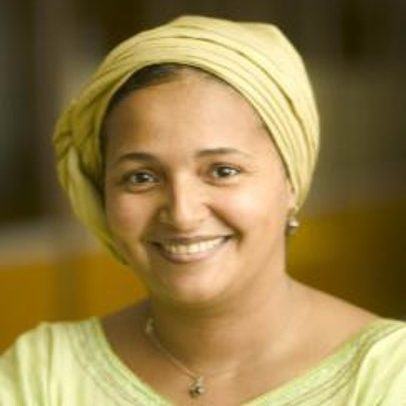
Danièle Kouassi, Côte d’Ivoire
Danièle S. Kouassi graduated from the University of Quebec at Montreal with a bachelor’s degree in industrial chemistry in 1994, and an Master of Science in environmental science in 1998.
She started her career in green coffee with Nestlé in 1999 and spent her first five years with the company working with coffee farmers in Côte d’Ivoire. She joined the Olam group in 2004 in Côte d’Ivoire as procurement officer to purchase FOB cocoa from farmers organizations/small- and medium-size exporters. She integrated the sustainability cocoa team at Olam in 2006. Today, she is head of cocoa sustainability.
Danièle has developed strong experience in livelihoods improvement through prosperous, independent, engaged communities and in environment safeguarding. She has been responsible for developing and managing cocoa sustainability programs on the ground, working with hundreds of cooperatives of cocoa farmers to optimize post-harvest processes and sourcing of responsible cocoa. She has targeted interventions to help farmers achieve a living income with tailored mixes of service packages that focus on farmers’ specific needs.
Danièle is a member of the National Mirror Committee in charge of developing the African Regional Standard for Sustainable Cocoa. She is also member of the Compedium of Women Talents and Skills in Côte d’Ivoire and member of the alumni PMD, MDE Business School.
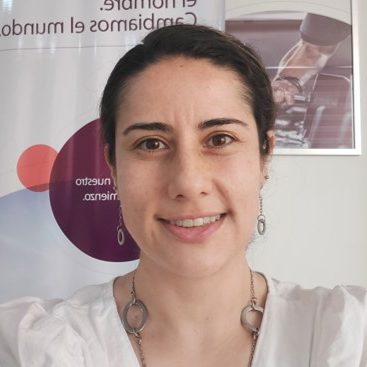
Paula Rueda, Ecuador
Paula Andrea Rueda Peña graduated from EARTH University in Costa Rica, with a bachelor’s degree in agronomic engineering, 2001, and an Master of Science in environmental science, 2013, in Jorge Tadeo University in Colombia
She started her career in the cut flowers industry in 2002 spending three years with the company working in this sector in Costa Rica and Colombia as postharvest manager. She joined the international cooperation working six years with USAID, and six years with Canadian cooperation programs in Colombia with a focus in promoting rural economical development through agricultural value chains such as cocoa, coffee, rubber, fruits and vegetable, pepper and animal production. For five years, she worked in the public sector in CRS with Ecopetrol, building and implementing the rural development programs and with Finagro in the Nacional Technical Assistance program. She also worked as a soil and plant physiology teacher in a private university in Colombia.
Paula has developed strong experience in rural extension methodologies, livelihoods and rural development, strengthening agricultural value chains with an emphasis on associative and cooperative work, and formulation and implementation of national programs focused on farmers and their supply chains.
Since two years ago, she joined as the sustainability manager in the Olam Ecuador team, leading a team of 50 people, and the implementation of programs and strategies aligned with Cocoa Compass, with the goal that 100% of cocoa from the origin will be sustainable.

Melinda Thom, Papua New Guinea
Melinda Thom has a Bachelor of Science from the University of Papua New Guinea. She has more than 10 years of experience in community development and sustainable agricultural practices working with various organizations in Papua New Guinea.
Melinda presented a paper on gender in agroforestry in the Markham Valley of Papua New Guinea, where she discussed roles and responsibilities of women in agriculture and their decision-making powers in the community.
Melinda’s current role is sustainability manager with Outspan PNG Ltd, a subsidiary of Olam Food Ingredients. She is involved in ensuring the company complies with subscribed and national laws of the country and also works with farming communities to ensure compliance in the production of quality and sustainable cocoa.

Abdoulaye Traore, Cargill Cocoa & Chocolate
Originally from the large cocoa-producing country of Côte d’Ivoire (Ivory Coast), where he obtained his undergraduate degree in natural science and plant genetics, Dr. Traore was the recipient of a student excellence award from the Ministry of Scientific Research of Côte d’Ivoire including a full scholarship to study in the USA. In 1993, he completed a master’s degree in crop science from Oregon State University. In 1994, he started his PhD in food science and plant biotechnology at Penn State working with cocoa.
In 2000, he completed his PhD and moved to West Africa to pilot a cacao biotechnology transfer project in conjunction with Penn State and the STCP (Sustainable Tree Crop Program). From 2001 to 2003, Dr. Traore was an independent consultant for the BCCCA (Biscuit, Chocolate Cake and Confectionary Association), transferring cacao biotechnology in Côte d’Ivoire and Ghana.
From 2003 to 2006, Dr. Traore was a Schwatz Research Fellow at the Penn State School of Forestry. From 2006 to 2016, he worked at Mars Chocolate North America first as a scientist with the Global Chocolate Technology group on a variety of projects on cocoa and chocolate industrial processing, and later as the R&D quality and food safety manager at the Mars Chocolate North America plant in Elizabethtown, PA. In 2016 he joined Cargill Cocoa and Chocolate North America as an R&D senior technical service manager. Dr. Traore has several publications in scientific journals and conferences.

